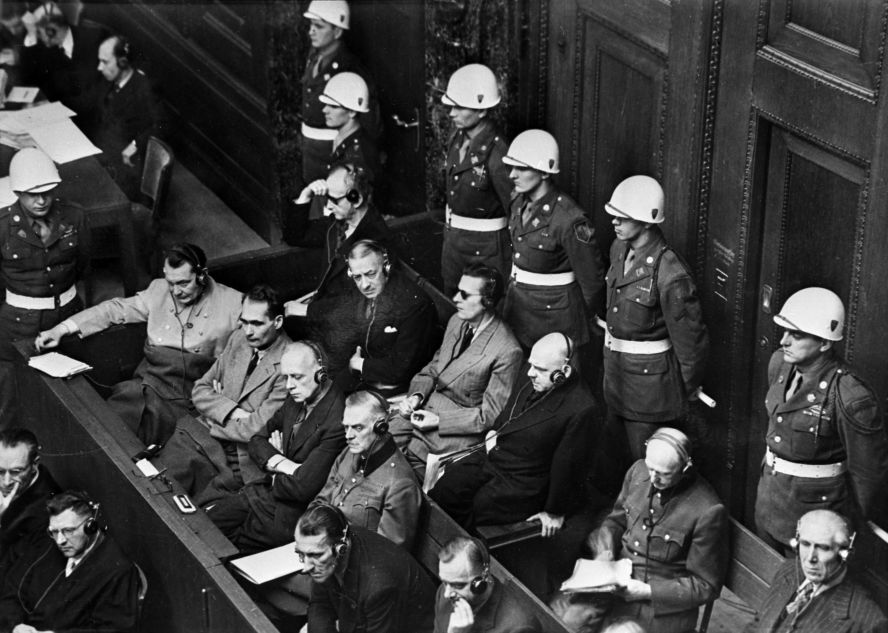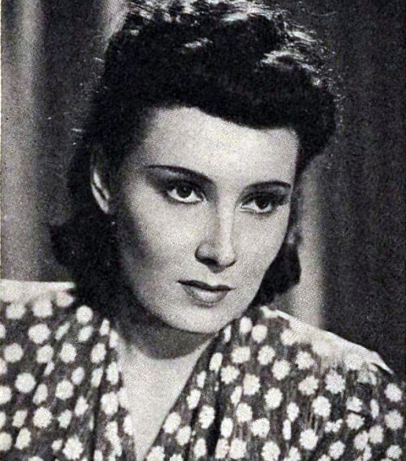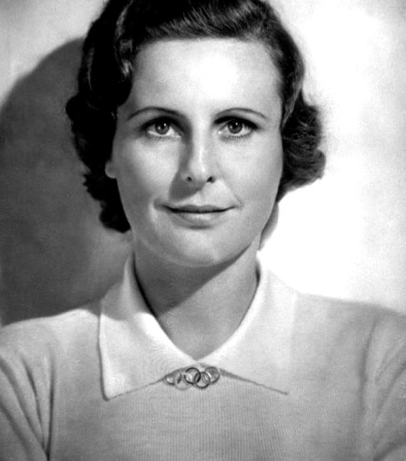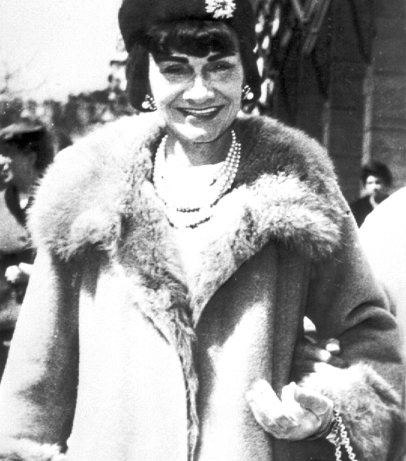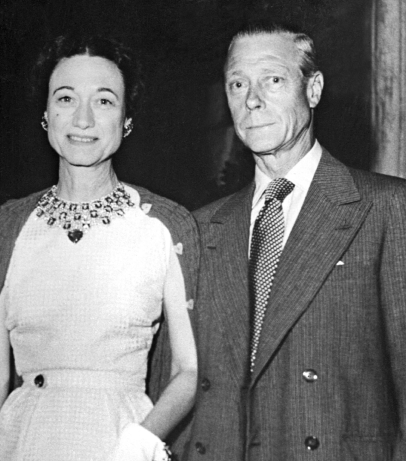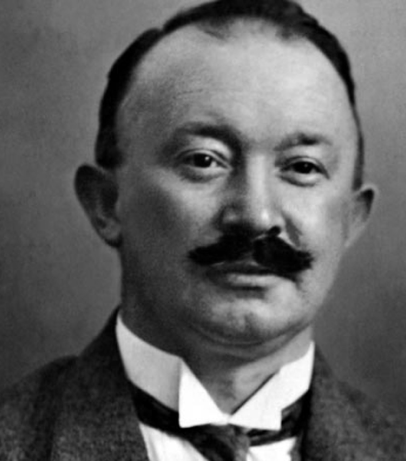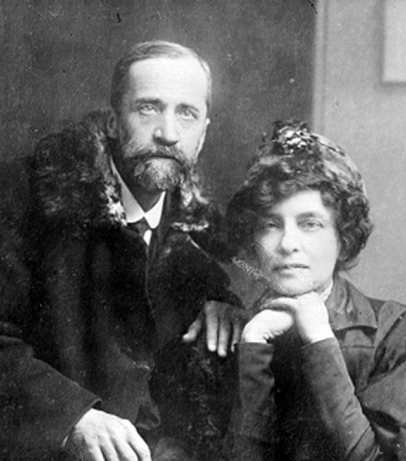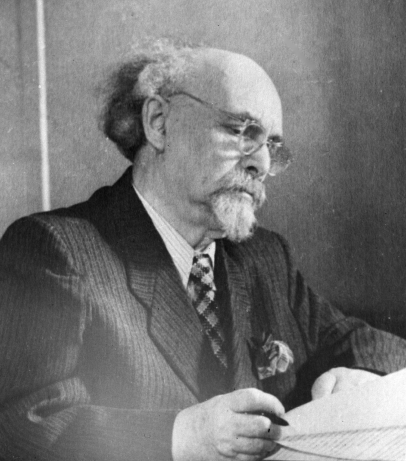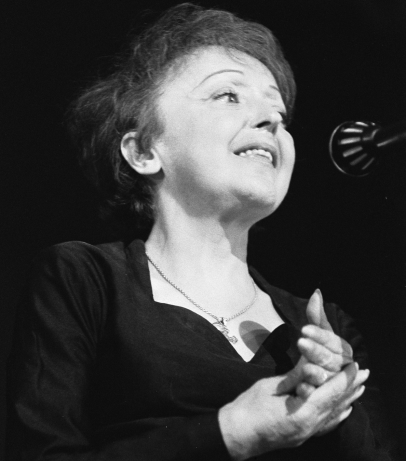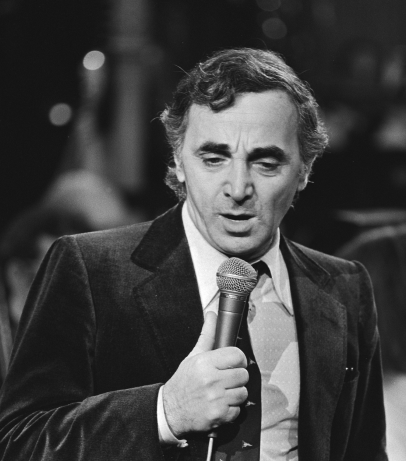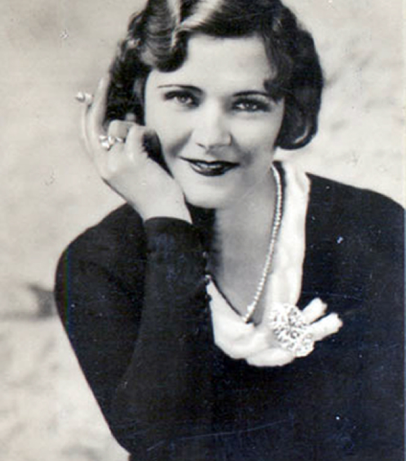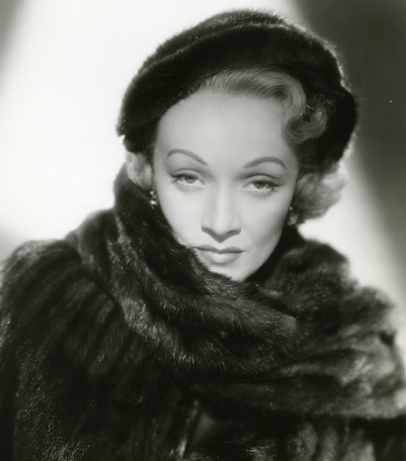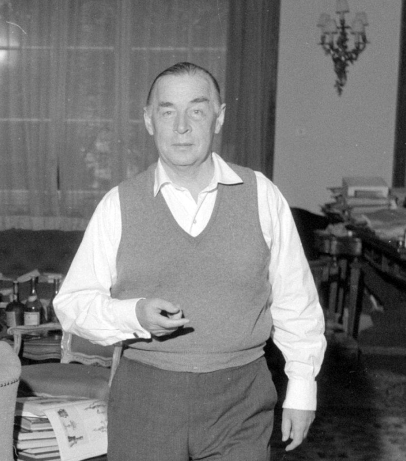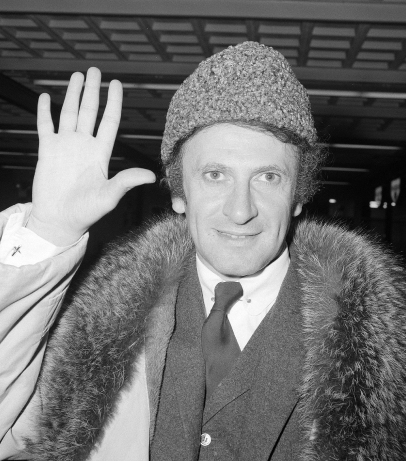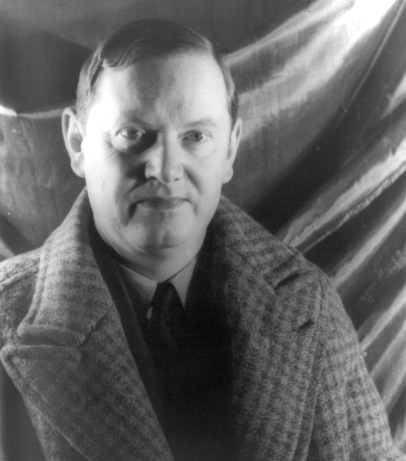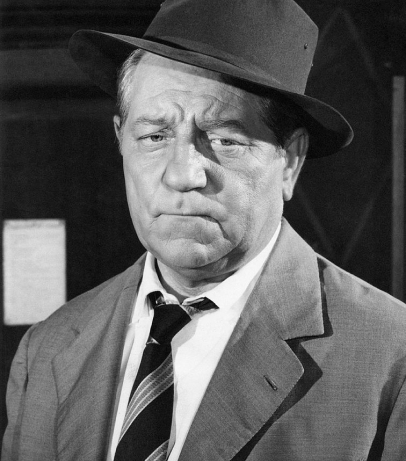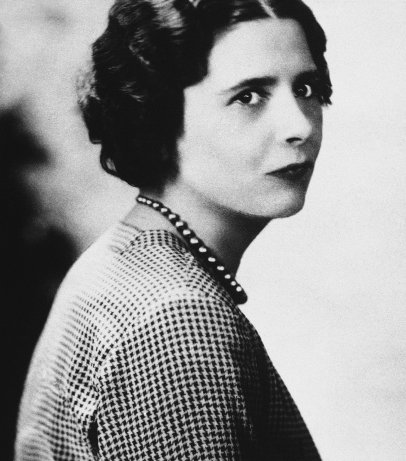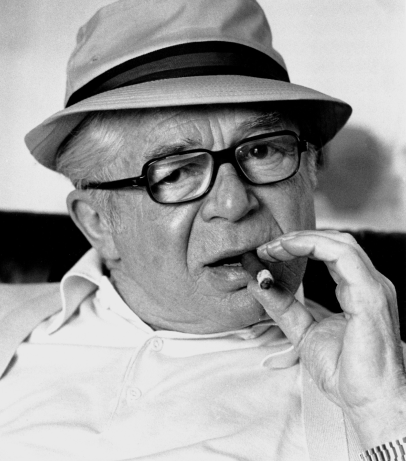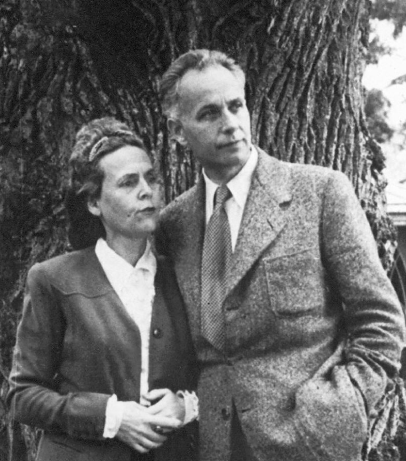On 1 October 1946, following the delivery of the International Military Tribunal’s verdict at Nuremberg, judges set a date for the execution of those sentenced to death. The fate of those sentenced to prison terms and those acquitted remained uncertain for some time.
The court acquitted Hans Fritzsche and Hjalmar Schacht and they would spend another three days in their cells. Colonel Burton C Andrus, the commandant of the prison block, convinced them to lay low and then wait at least until midnight to leave the building unnoticed: several groups of radical anti-fascists were planning their murder. Franz von Papen would refuse to leave prison for another two weeks, waiting for answers to his appeals to the British and French military authorities to allow him to live in their respective occupation zones. Seven defendants who had received prison sentences would remain in Nuremberg until July 1947 and then be transferred to Spandau Prison in Berlin.
All those sentenced to death would appeal to the Allied Control Council. Göring, Keitel, and Jodl would request that the hanging be changed to a firing squad. However, the verdict of the Nuremberg Tribunal remained in force.
Source:
Arkady Poltorak, “The Nuremberg Epilogue”, foreword by Lev Smirnov, Moscow: Voenizdat, 1965
